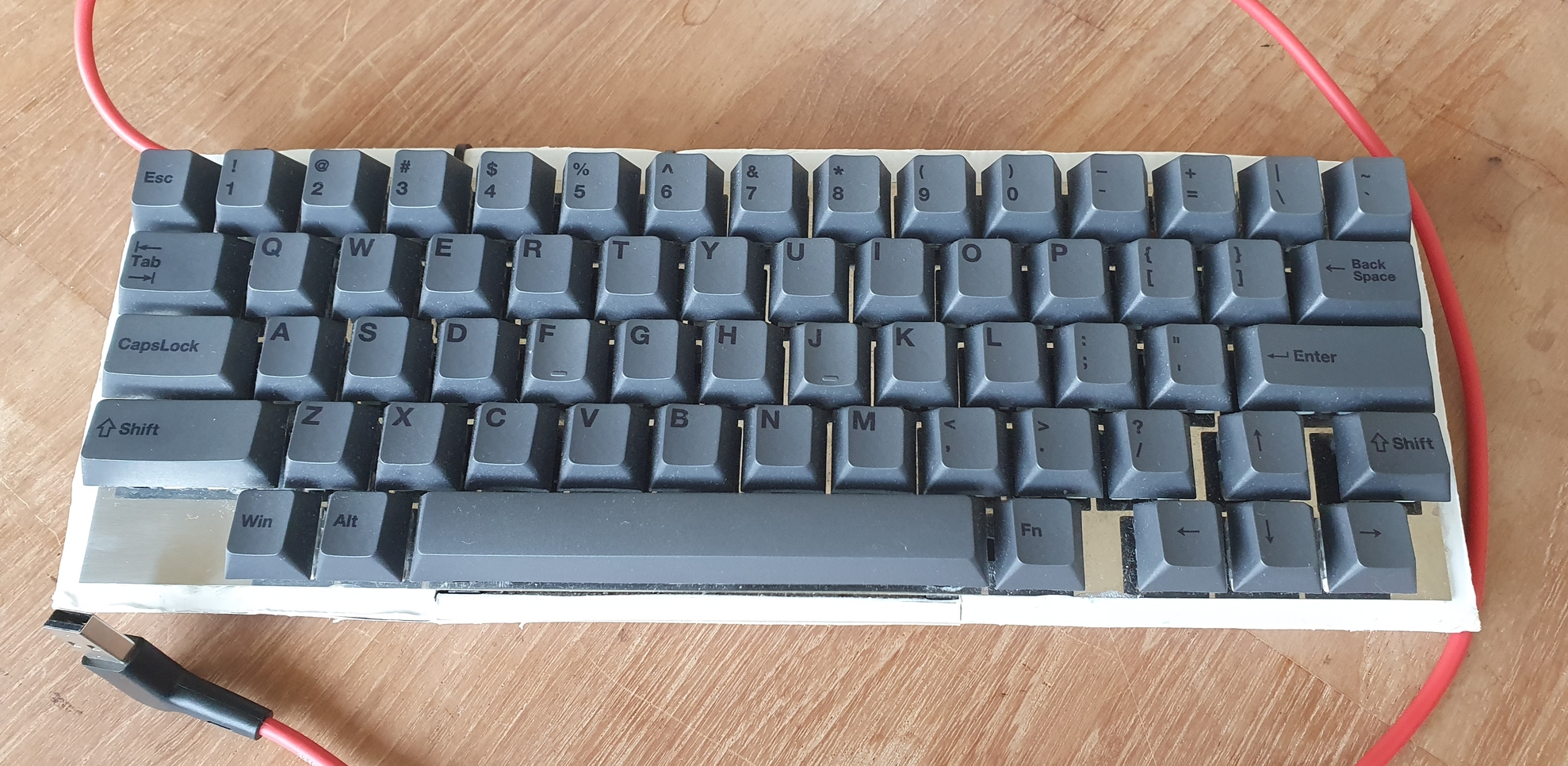

75% keyboards have the same number of keys as TKL keyboards. Summary of 75% Keyboards Cannonkeys Satisfaction75įor keyboard enthusiasts who want to save space but can’t give up their arrow keys and F-keys, 75% keyboards are a popular choice. Popular 60% Custom and Prebuilt Keyboards Accessing secondary layers and macros can get a bit complicated for beginners.May take some time to get used to if you are used to full-size keyboards.Does not have arrow keys (by default), navigation keys, and function keys.Great for gaming, especially for FPS games.
Hhkb layout sizes Bluetooth#

With fewer keys, many regard HHKB keyboards to have a more compact and sleek design. KBDFans Tofu60 Custom keyboardĪlso, HHKB keyboards only have 60 keys compared to ANSI keyboards that usually have 61 keys.
Hhkb layout sizes windows#
HHKB keyboards only have five keys on the first row: a 7u spacebar and four modifiers that are usually the control, function, alt, and Windows key. It was developed by Happy Hacking Keyboard and was meant to deliver a more universal and efficient typing experience. HHKB, on the other hand, is less common due to its more complicated design. ANSI layout is the most common layout found in the majority of keyboards. In terms of layout options, 60% keyboards usually utilize the ANSI or HHKB layout. Also, some users are already used to larger form factors and are not willing to relearn a smaller keyboard layout. Some scenarios and tasks will require physical F-keys and arrow keys, both of which are missing in most 60% keyboards. Many custom keyboards utilize an aluminum case and a brass weight, contributing to a heavier keyboard.Īnd lastly, 60% keyboards are highly preferred by gamers, and they take up less space giving more room for wider mouse movement.ĭespite their many benefits, some users still prefer using larger keyboards. Of course, the keyboard’s weight will still depend on the rest of its components. And when paired with Bluetooth functionality, they can be the perfect companion for a mobile setup. Most 60% of keyboards are lightweight and easier to carry than larger keyboards. And since most 60% keyboards are fully programmable, they can potentially increase productivity by minimizing wrist movement.Ħ0% keyboards also have additional benefits. You can still access all physically missing keys via secondary layers. However, these keyboards have been proven to be reliable workhorses once you get used to them. Many users might think that 60% keyboards are novelty items. By removing a large chunk of the keyboard, 60% keyboards manage to achieve a significantly smaller footprint than full-sized keyboards. They get rid of the lesser-used keys such as the F-keys and prioritize essential areas such as the alphas and the modifiers. Summary of 60% Keyboards GK61 60% Optical KeyboardĦ0% keyboards are compact mechanical keyboards that usually have at least 61 keys. So without further ado, here is our comparison of 60% and 75% keyboards. And by the end, our readers should have a better understanding of which keyboard size fits their needs. We will be summarizing the selling points of each keyboard size, popular models that use them, and their downsides. In this article, we will be helping buyers decide which keyboard size best fits them. Some swear by 60% keyboards, while others claim that 75% is the smallest keyboard size that they will use. It is recommended to choose the keyboard size that best fits your needs or try out each one to see which feels better.īoth keyboard sizes have plenty of followers. On the other hand, 60% keyboards will better suit users who value desk space and portability. But with the many variations of these two keyboard sizes, choosing between the two can be a bit challenging.ħ5% keyboards are suitable for gamers and users who rely extensively on the function, navigation, and arrow keys. Compact keyboards are becoming the norm in the keyboard community, and most enthusiasts are gravitating towards 75% and 60% keyboards.


 0 kommentar(er)
0 kommentar(er)
